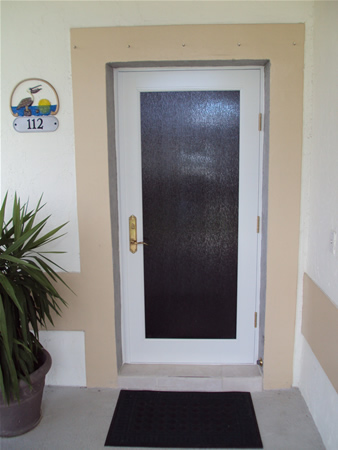The Best Strategy To Use For "Hurricane Shutters vs. Impact Windows: Which is Right for You?"

What to Do Before, In the course of, and After a Storm: Your Complete Survival Checklist
Cyclones can be surprisingly destructive organic disasters. With higher winds, massive rainfalls, and storm surges that can create flooding, it’s crucial to be prepared for a cyclone before it shows up. In this article, we’ll give you a comprehensive survival to-do list of what to do previously, during, and after a hurricane to ensure your protection.
Before the Hurricane
1. Keep informed: Always keep an eye on the climate forecast in your area thus you recognize when a typhoon is expected to hit. Spend This Piece Covers It Well to any emptying purchases or emergency situation alarm that may be issued.
2. Make an emergency situation set: Put with each other an emergency situation package that consists of enough food items and water for at least three days, torches along with extra electric batteries, a first-aid kit, quilts or rest bags, money in case of electrical power outages or other unexpected emergencies where credit report memory cards are going ton’t operate.
3. Get your residential property: Trim down any trees or divisions that could possibly fall on your property during the hurricane. Take in all outdoor furniture and secure loosened items like waste containers or playthings.
4. Understand your evacuation course: If you live in an region susceptible to hurricanes or flooding, familiarize yourself along with the closest discharge course so you can easily leave rapidly if needed.
In the course of the Hurricane
1. Keep inside: Once the hurricane reaches your region it’s vital to remain indoors until authorizations point out it’s safe to go outside again.
2. Keep away from home windows and doors: High winds can lead to particles like plant divisions or various other items to come to be airborne and potentially damage windows or doors.
3. Listen closely for updates: Keep paying attention for updates from regional authorities on broadcast or TV so you know what’s happening in your place.
4. Don't use candle lights: Steer clear of utilizing candle lights throughout a hurricane as they might begin a fire if they get knocked over by tough winds.
After the Cyclone
1. Check out for harm: Once the typhoon has passed, examine your residence for any sort of damages. If you detect any gas leaks or power threats, leave immediately and contact authorizations.

2. Avoid standing water: Be aware of standing water in your region as it might be tainted along with sewage or other unsafe elements.
3. Remain away from downed power product lines: If you see any sort of downed energy product lines, keep away coming from them as they might still be real-time and could electrocute you.
4. Hang around for the all-clear: Hang around for regional authorities to offer the all-clear just before going outside once again. They are going to allow you know if it’s safe to return home or if there are places that are still too harmful.
In final thought, typhoons can easily be exceptionally harmful organic calamities that demand careful strategy and planning to make certain everyone's security. Through adhering to our complete survival checklist of what to do in the past, in the course of, and after a typhoon, you’ll have everything you need to keep safe and shield your building in the course of this dangerous opportunity.
